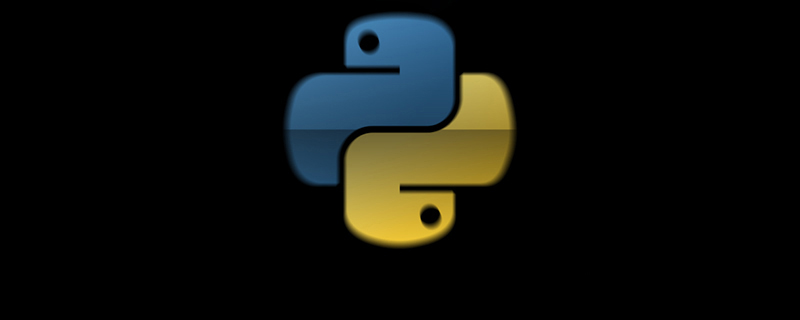
Python decorator is a function used to expand the functionality of the original function. The purpose is to add new functions to the function without changing the original function name (or class name). A decorator is essentially a closure, and closure is the core of a decorator.

Definition
(Recommended tutorial: python tutorial)
python decorators (fuctional decorators ) is a function used to expand the functionality of the original function. The purpose is to add new functions to the function without changing the original function name (or class name).
The special thing about this function is that its return value is also a function. This function is a function with the "original" function embedded in it.
Detailed explanation
In fact, the decorator It is a closure that takes a function as a parameter and returns an alternative version of the function. Closure is the core of the decorator.
Briefly explain the characteristics of closure:
A function returned by a function Object. When this function object is executed, it depends on the variable value inside the non-function. At this time, the actual content returned by the function is as follows:
1. Function object;
2. External variables that the function object needs to use Variables and variable values;
The above is a closure. A closure must be nested in a function and must return a function object that calls external variables to be a closure.
Example:
#encoding=utf-8
import time
def now():
print "current time is %s" %time.strftime("%Y-%m-%d %H-%M-%S")
res=now
res()Result:

#encoding=utf-8
import time
#定义装饰器
def log(func):
def wrapper(*args,**kw):
print "call func is %s" %func.__name__
return func(*args,**kw)
return wrapper
@log
def now():
now = time.strftime("%Y-%m-%d %H-%M-%S")
print "current time is %s" %now
now()
The above is the detailed content of Detailed introduction to python decorators. For more information, please follow other related articles on the PHP Chinese website!